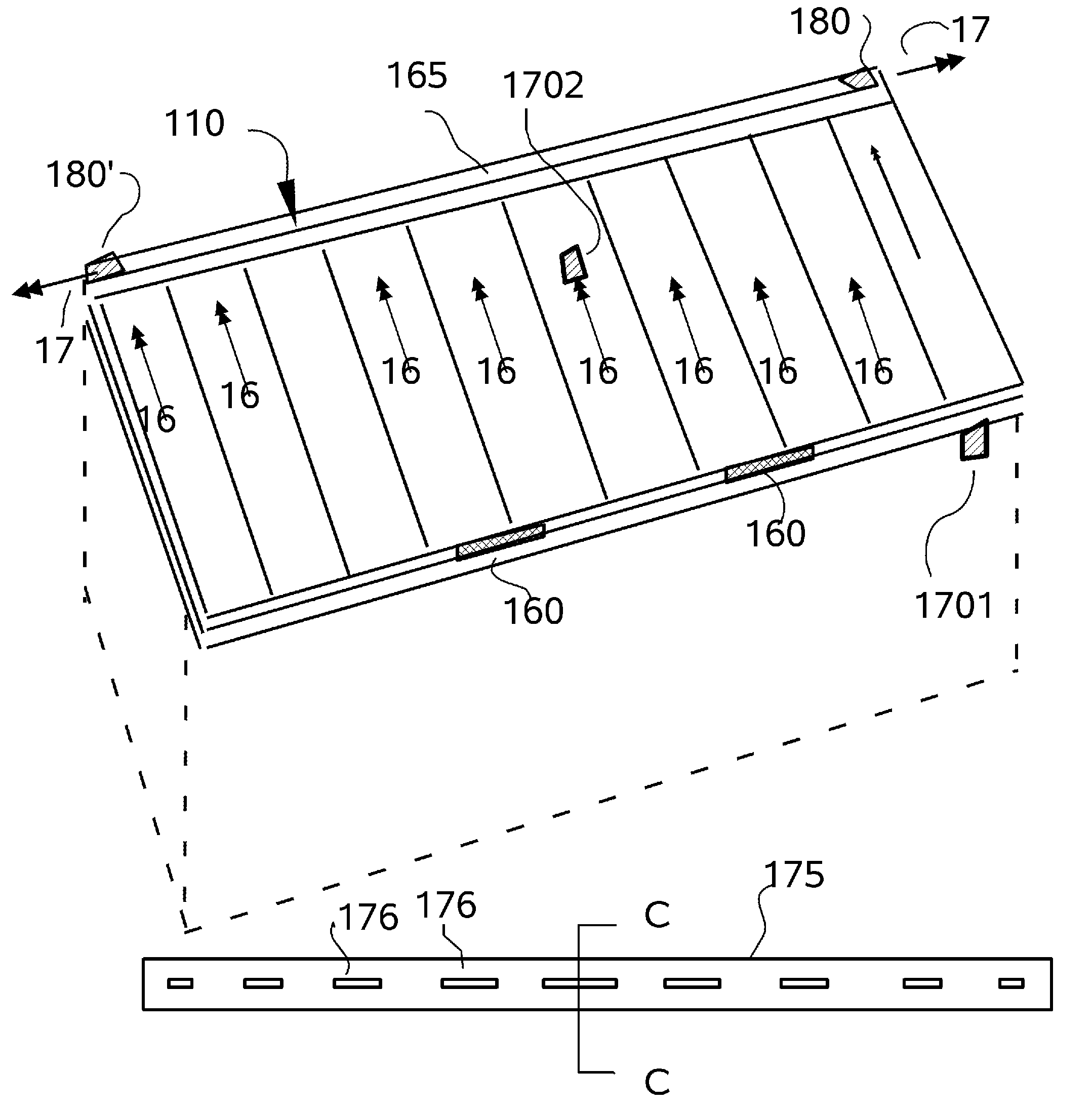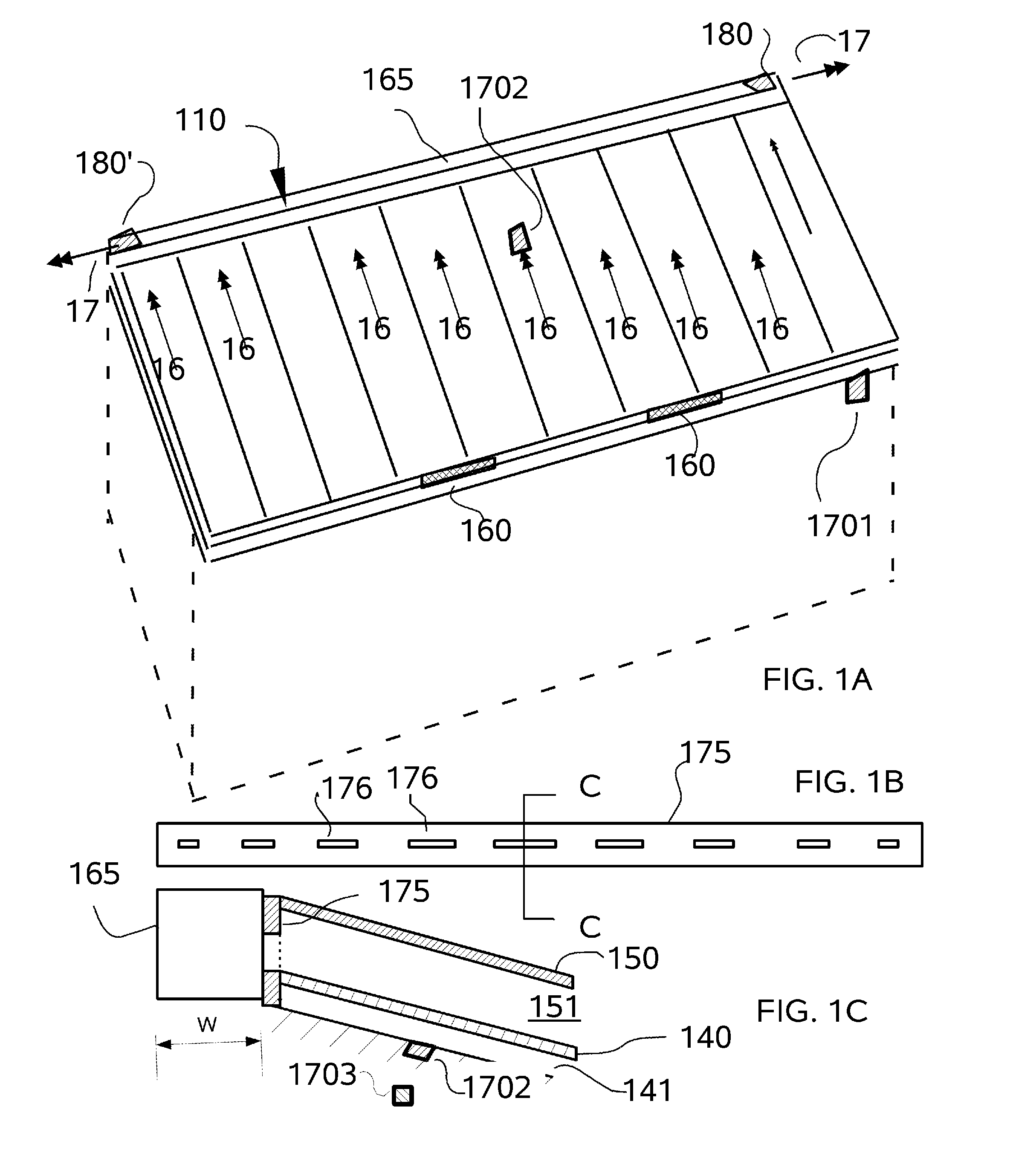Thermogenic Augmentation System
a technology of augmentation system and thermal insulation, which is applied in ventilation system, lighting and heating apparatus, heating type, etc., can solve the problems of only a small fraction of the total electrical power produced worldwide, high stress on the electrical power infrastructure, and increase harmful emissions of carbon dioxide and other greenhouse gases, so as to reduce electrical or other power consumption/generation and the associated carbon emissions
- Summary
- Abstract
- Description
- Claims
- Application Information
AI Technical Summary
Benefits of technology
Problems solved by technology
Method used
Image
Examples
Embodiment Construction
[0060]Referring to FIGS. 1 through 33, wherein like reference numerals refer to like components in the various views, there is illustrated therein a new thermogenic augmentation system, generally denominated 100 herein.
[0061]In accordance with the present invention the active solar heat shield and roof system 100 is deployed on a pitched or shed roof, but can alternatively be deployed on any structure or enclosure with a sealed roof surface or a vertical wall, as well as smaller structures, such as utility cabinets, storage sheds and shipping containers, and outdoor metal or plastic toilets.
[0062]FIGS. 1-4 illustrate a first embodiment in which the passive solar heat shield 100 is deployed on a pitched roof 1; and a variant thereof 1500 is deployed on a west facing (but optionally any wall) vertical wall surface. The active solar heat shield and roof system 100 is deployed on a building structure 1 having a roof or wall frame 10 and generally comprises a radiant barrier cover or lay...
PUM
 Login to View More
Login to View More Abstract
Description
Claims
Application Information
 Login to View More
Login to View More - R&D
- Intellectual Property
- Life Sciences
- Materials
- Tech Scout
- Unparalleled Data Quality
- Higher Quality Content
- 60% Fewer Hallucinations
Browse by: Latest US Patents, China's latest patents, Technical Efficacy Thesaurus, Application Domain, Technology Topic, Popular Technical Reports.
© 2025 PatSnap. All rights reserved.Legal|Privacy policy|Modern Slavery Act Transparency Statement|Sitemap|About US| Contact US: help@patsnap.com



